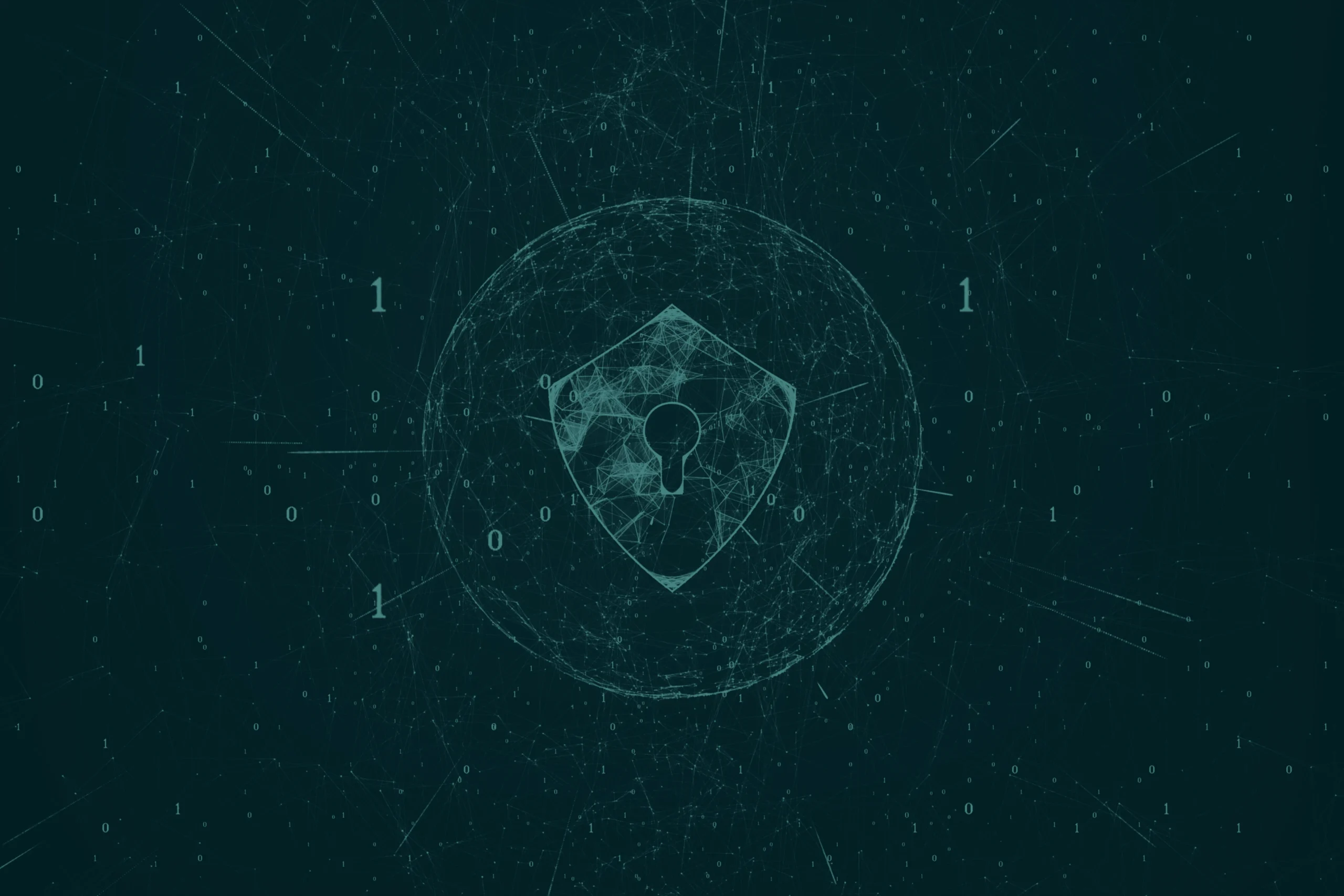The fast evolution of technology has brought unprecedented opportunities for businesses to connect, engage, and transact with their customers online. However, with this increased connectivity comes a higher risk of cyber threats targeting vulnerabilities within web applications. This is where Web Application Firewalls (WAFs) step in as a critical line of defense. In this article, we will delve into the world of WAFs, understanding their significance, and exploring whether your organization should deploy one.
What is a WAF?
A Web Application Firewall (WAF) is a cybersecurity solution designed to protect web applications from a wide range of cyber threats and attacks. It operates at the application layer of the OSI model (Open Systems Interconnection), meaning it’s safeguarding the application and its interactions with users, which requires a deep understanding of application-layer protocols, behaviors, and potential security vulnerabilities. WAFs work by analyzing incoming HTTP and HTTPS requests, identifying malicious or suspicious activity, and preventing these threats from reaching the web application itself.
How does a web application firewall (WAF) work?
A WAF functions as a vigilant gatekeeper, scrutinizing incoming web traffic to ensure that only legitimate and safe requests reach the web application. By employing a combination of predefined rules, behavior analysis, anomaly detection, and even machine learning.
It operates through request inspection, rule-based analysis, anomaly detection, challenge-response mechanisms, and security models (positive/negative). It offers virtual patching, logs incoming requests, and employs continuous learning with machine learning algorithms for adaptive defense.
Why is a WAF important?
A WAF is important because of the growing number of enterprises that provide products over the internet, such as online banking, social media platforms, and mobile application developers, primarily due to its role in preventing data leakage. Sensitive information like credit card details and customer records are often stored within back-end databases that are accessible through web applications. This arrangement makes these applications prime targets for malicious attacks, as cyber attackers frequently seek to exploit vulnerabilities to gain unauthorized access to this valuable data.
Modern WAFs often incorporate advanced techniques like behavioral analysis and machine learning to identify anomalies and irregular behaviors. This proactive approach enables the WAF to detect zero-day vulnerabilities and novel attack strategies, even when specific rules aren’t yet established.
Types of web application firewalls
Web Application Firewalls (WAFs) come in various forms, each catering to different deployment scenarios, organization sizes, and security needs. (WAFs) are available in various formats, including software, appliances, or as delivered services. You have the flexibility to tailor policies to align with the specific requirements of your individual web application or group of applications. Here are some common forms of WAFs:
1. Hardware-Based WAF:
A hardware-based WAF is a physical appliance that is installed on-premises within an organization’s network infrastructure. It acts as a standalone device and can provide robust protection for web applications by analyzing and filtering incoming traffic before it reaches the applications. Hardware-based WAFs offer dedicated processing power and can handle high volumes of traffic efficiently.
2. Software-Based WAF:
Software-based WAFs are designed to be installed on standard servers, virtual machines, or cloud instances. They can be deployed on-premises, in the cloud, or in hybrid environments. Software-based WAFs are often more flexible in terms of scalability and can be integrated into existing infrastructure.
3. Cloud-Based WAF:
Cloud-based WAFs are offered as a service by various cloud providers or cybersecurity vendors. They operate in the cloud and provide protection for web applications hosted on cloud platforms. Cloud-based WAFs are highly scalable, easy to deploy, and don’t require organizations to manage hardware or software updates.
4. Integrated WAF:
Some organizations prefer WAFs that are integrated into their web application platforms, content delivery networks (CDNs), or web servers. These integrated WAFs can offer seamless protection without the need for separate hardware or software installations.
5. Managed WAF Services:
Managed WAF services are outsourced solutions where a cybersecurity provider manages and operates the WAF on behalf of the organization. This approach is suitable for organizations with limited resources or expertise in managing WAFs, as the provider handles configuration, monitoring, and updates.
6. Virtual WAF:
Virtual WAFs are software-based solutions designed to be deployed within virtualized environments, such as virtual machines or containers. They provide the benefits of software-based WAFs while leveraging the efficiency and flexibility of virtualization.
7. API WAF:
With the rise of APIs (Application Programming Interfaces), some WAFs are specifically designed to protect API endpoints. API WAFs focus on securing the communication between applications and APIs, ensuring that API requests are legitimate and secure.
8. Open Source WAF:
Open source WAF solutions are freely available software that organizations can deploy, customize, and manage on their own. While they offer cost savings, they may require more expertise for configuration and maintenance.
Each form of WAF has its own advantages and considerations. Organizations should evaluate their specific requirements, infrastructure, budget, and expertise before selecting the most appropriate type of WAF to enhance their web application security.
Should you use a WAF?
The decision to implement a WAF should be informed by several factors:
Nature of Your Business: If your organization relies heavily on web applications for customer interactions, data processing, or e-commerce, a WAF is highly recommended to safeguard critical assets and maintain customer trust.
Risk Tolerance: Organizations that handle sensitive customer data, financial information, or proprietary business processes should prioritize security measures like WAFs to minimize the risk of data breaches and financial losses.
Compliance Requirements: Industries governed by stringent data protection regulations, such as healthcare and finance, often require strong security measures. A WAF can help ensure compliance with these regulations.
Previous Security Incidents: If your organization has experienced previous cybersecurity incidents or attacks targeting web applications, implementing a WAF can enhance your defense against future threats.
Scalability and Performance: Modern WAF solutions are designed to minimize performance impacts on web applications. Consider a WAF that aligns with your organization’s performance requirements.
Conclusion
While the decision to implement a WAF should be based on your organization’s unique context, the overarching message is clear: safeguarding your digital assets and customer trust demands robust cybersecurity measures, and a WAF is an invaluable tool in this endeavor.
Partnering with experts who understand the nuances of WAF implementation and configuration can ensure that your organization is well-prepared to defend against emerging threats and embrace the opportunities of the digital world with confidence. At Fort, we’re committed to guiding you through this journey, helping you make informed decisions that fortify your digital landscape against evolving cyber risks.




